U-M study: Induced driving miles could overwhelm potential energy-saving benefits of connected, self-driving cars
Green Car Congress
APRIL 18, 2019
The benefits of connected, self-driving cars (CAVs) will likely induce vehicle owners to drive more, and those extra miles could partially or completely offset the potential energy-saving benefits that automation may provide, according to a new University of Michigan study. 2019.03.174.











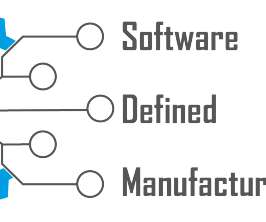

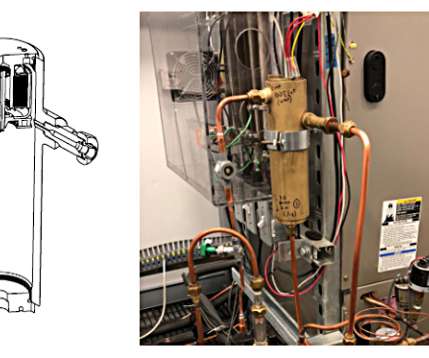




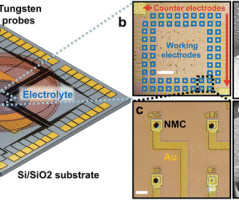


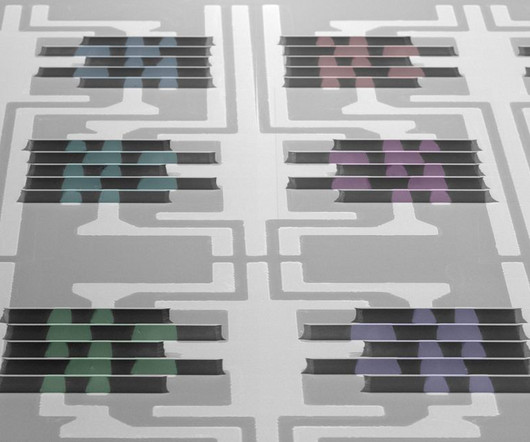







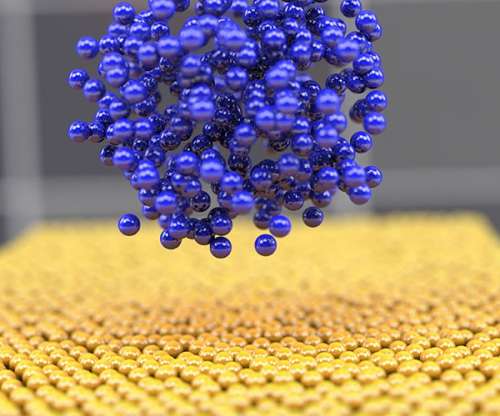
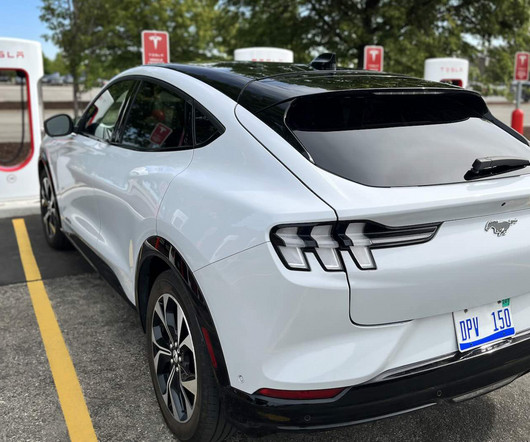













Let's personalize your content